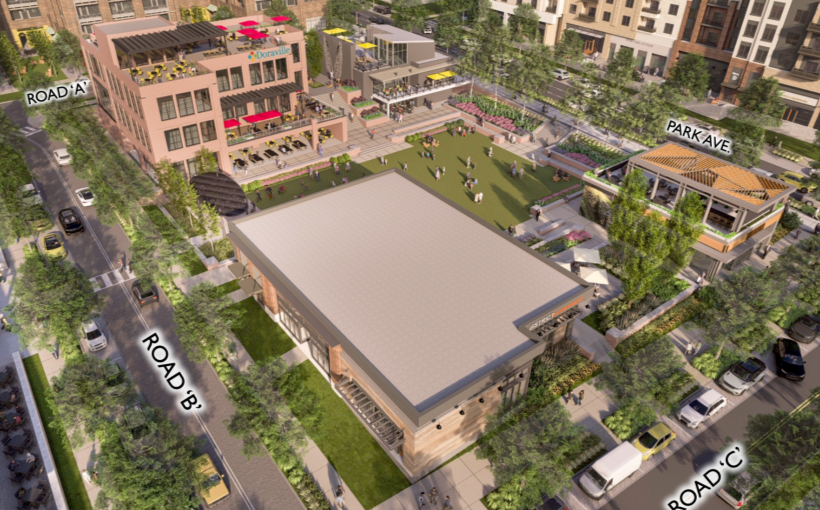The concept of “experiential retail” has been generating a lot of buzz lately. This type of retail allows customers to engage with a brand using multiple senses, such as touch and hearing, in order to better understand its attributes. While tenants are typically responsible for creating these hands-on experiences, commercial real estate owners and operators also play an important role.
Creating Space that Drives Returns
According to Colleen Baum (McKinsey Senior Partner) and Katy McLaughlin (McKinsey’s Executive Editor), the goal of experiential retailers is to become known as destinations for shopping. As a result, they tend to prefer longer leases in high-traffic locations where they can invest more capital into their space. It’s important not confuse this type of experience with temporary pop-up stores or branded events.
In terms of returns on investment, Baum explains that it may take three to five years before profitability from in-store sales begins due the capital-intensive nature of experiential retail. However, this type can boost omnichannel sales while attracting more customers through unique destination experiences.”Retailers hope that by drawing customers into exciting locations and tracking new customer numbers they will be able encourage them join loyalty programs,” says Baum.
Leases & Allowances
For CRE operators and owners there is both good news bad news when it comes experiential retail . The good news is that these types often stick around longer because their investments make moving less desirable; additionally core tenants like this one attract traffic which benefits other center occupiers.
However,Baum notes tenant improvement allowances might be higher than usual while buildouts could take longer than expected.Additionally ,an experiental retailer cannot just occupy any old space.They require highly visible ground floor location with multiple windows .
Baum states: “Real estate companies must strike balance between finding right tenant at possibly higher upfront costs versus securing lease which drives traffic.”
Revamping Leases
Baum also suggests that leases should be revamped to reflect the impact of experiential retail on online sales. She recommends a rent structure based on a percentage of omnichannel sales, with real estate owners determining how much is connected to the experiential location.
Strategic Planning
One major advantage of having an experiental retailer as part of your tenant mix is that it can help create “a non-competitive ecosystem” where complementary retailers are located nearby. By analyzing credit card usage and mobility data, owners and operators can identify which tenants have overlapping customer bases that would benefit from being in close proximity.
In addition, Baum notes that these types of retailers offer opportunities for placemaking through food and beverage options, events, and special installations. Owners and operators can take advantage by strategically planning how to capitalize on the increased traffic brought in by these experiences.
Overall ,experential retail presents both challenges but also great potential for commercial real estate owners & operators .By understanding its unique nature & implementing strategic planning they stand to reap significant rewards .




